Guinea travel tips
Guinea travel tips: On West Africa’s Atlantic coast, is known for diverse landscapes, rich cultural heritage, and vibrant music and dance.
Regions 🌎
Guinea travel tips. Here is a list of all the regions of the Guinea.
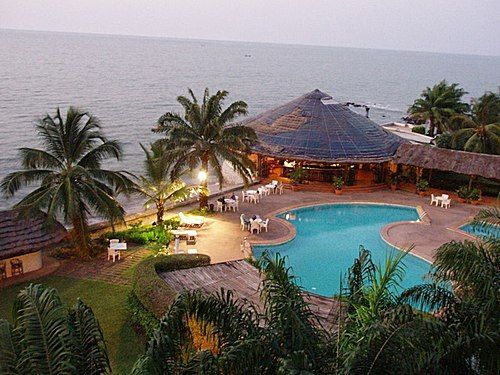
Conakry

Boke
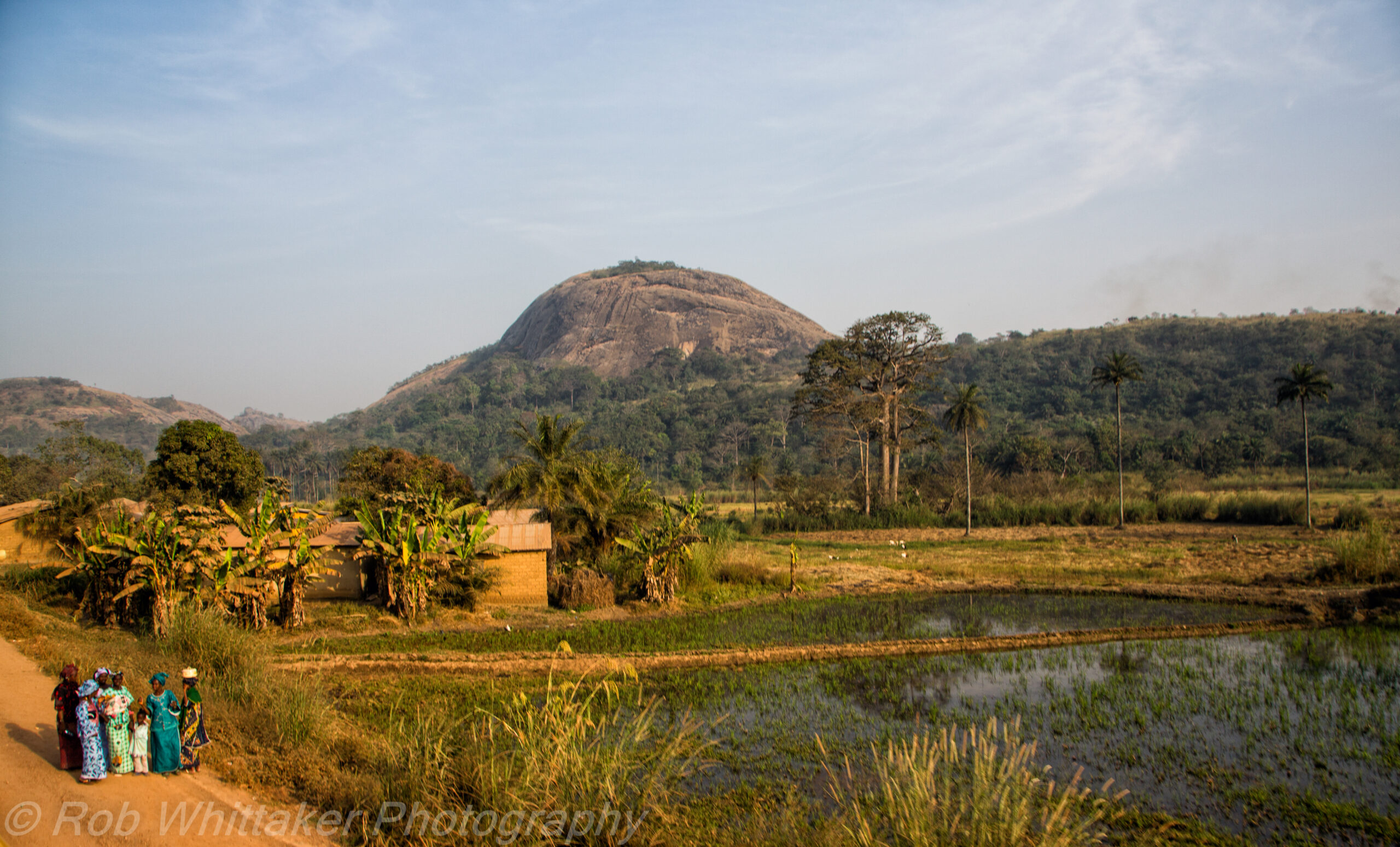
Nzerékoré
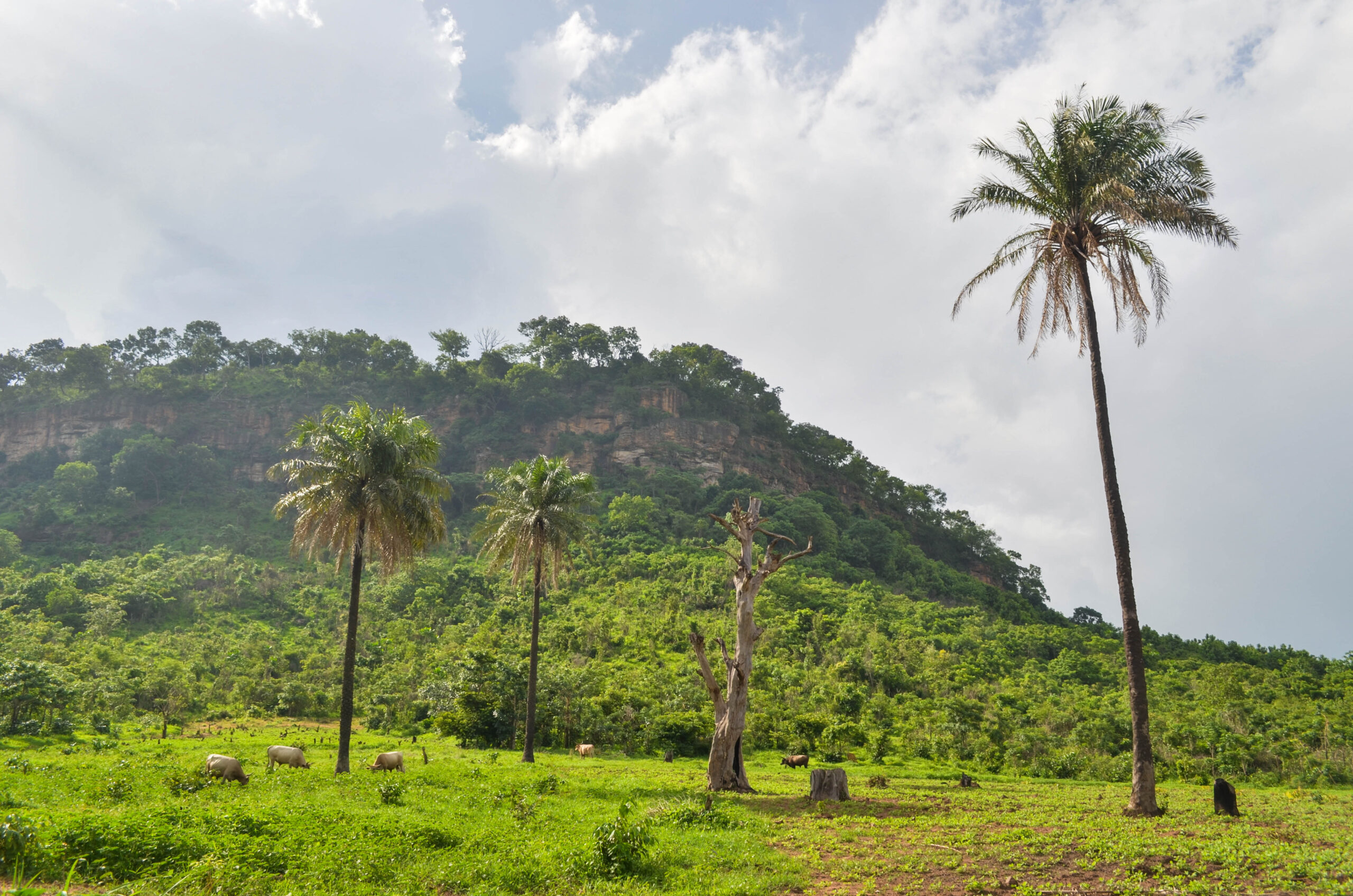
Kindia

Labé
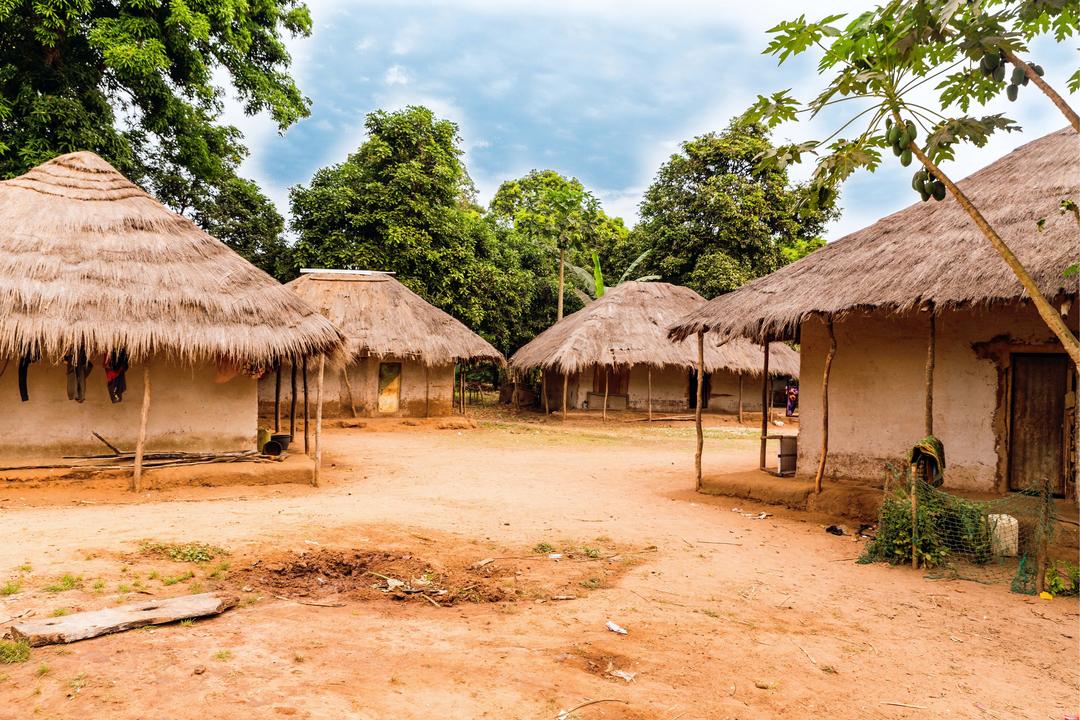
Mamou
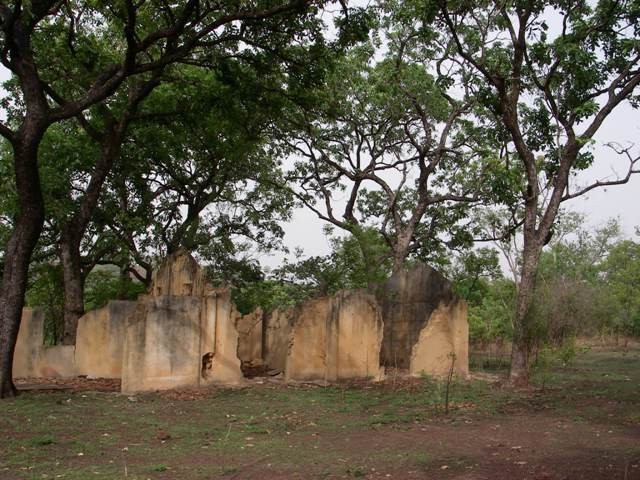
Faranah
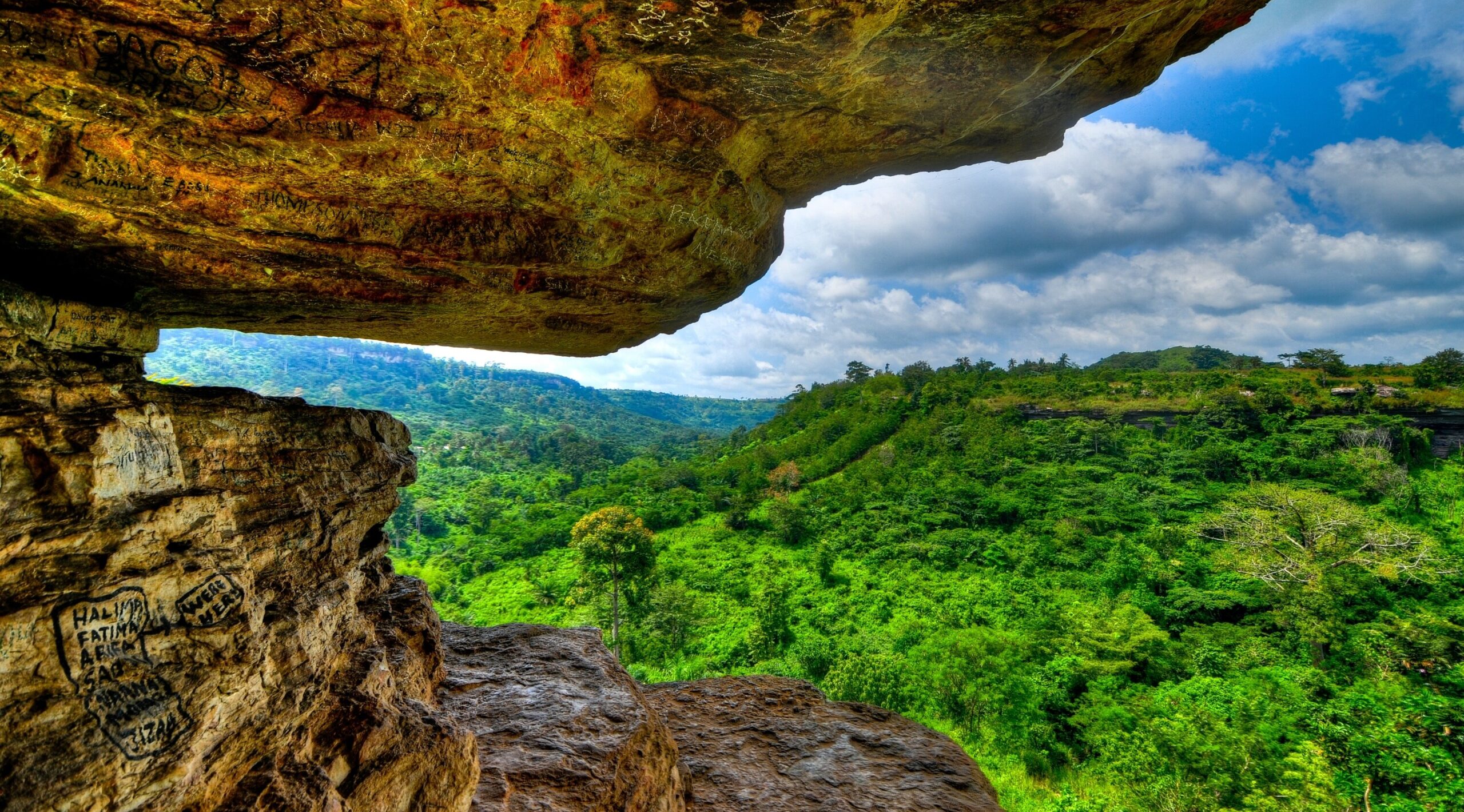
Kankan
Before you go 🛩
Important information you should know before your trip
Info
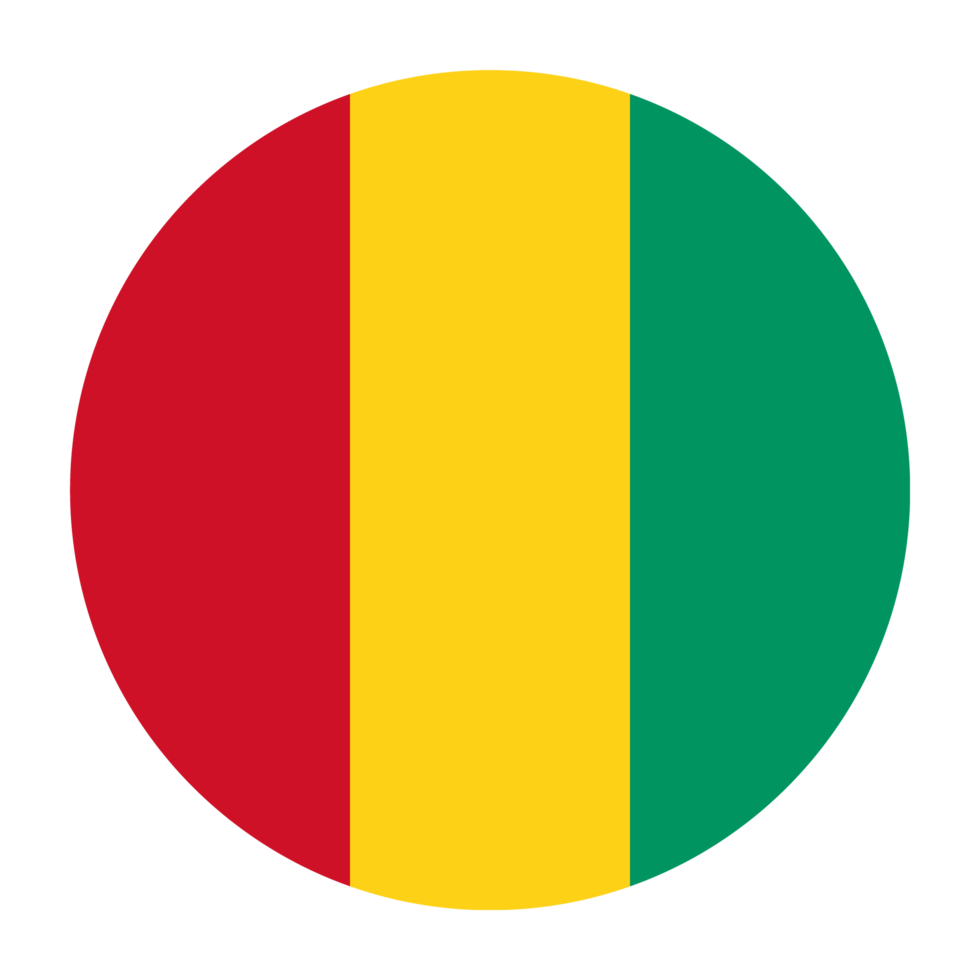
Capital | Conakry
Flag Codes:
ISO alpha-2 GN,
ISO alpha-3 GIN
Currency
Badge | Guinean Franc
CODE | GNF
NUMBER | 324
SYMBOL | Fr
FRACTION | penny
Mobile Coverage
Dialing Code | +224
SIM Card
Coverage | 3G / 4G / 5G |
Mobile Networks | Cellcom Mobile | MTN Mobile | Orange Mobile |
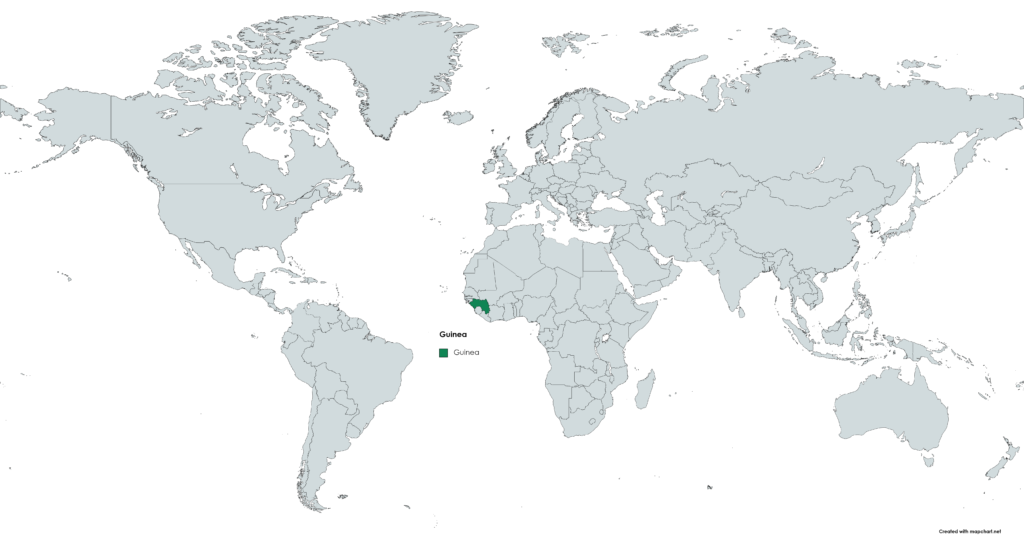
Location
Guinea is a country located in West Africa. It is situated on the Atlantic Ocean coastline and shares borders with several countries. Here is the location of Guinea: Latitude: Guinea is situated between approximately 7° N and 12° N latitude. Longitude: The country is located between approximately 8° W and 15° W longitude.
Additionally, Guinea has a coastline along the Atlantic Ocean to the west. The capital city of Guinea is Conakry, which is located on the coast.
The country’s geographic features include coastal plains, mountain ranges, and plateaus. The Fouta Djallon highlands in the central part of Guinea are known for their scenic beauty and rugged terrain. Guinea is also crossed by several rivers, including the Niger River and the Senegal River, which play vital roles in the country’s geography and economy.
Currency
The currency of Guinea is the Guinean Franc, abbreviated as GNF.
The symbol for the Guinean Franc is “FG” or “GNF” to distinguish it from other currencies with similar symbols.
The currency is further subdivided into smaller units called centimes, although centimes are not commonly used in practice.
The Guinean Franc is issued and regulated by the Central Bank of the Republic of Guinea (Banque Centrale de la République de Guinée).
Languages
Guinea is a linguistically diverse country with several languages spoken due to its ethnic and cultural diversity. However, the official language and lingua franca of Guinea is French. French is used in government, education, the media, and business, making it the language of instruction in schools and the language of government documents and communication.
In addition to French, numerous indigenous languages are spoken throughout Guinea, reflecting the country’s rich cultural heritage. Some of the prominent local languages include:
Pular (Fula/Fulfulde): Pular is one of the major ethnic languages spoken in Guinea, primarily by the Fula (or Fulani) ethnic group.
Malinké (Mandinka): Malinké, also known as Mandinka, is spoken by the Mandinka people and is one of the country’s major indigenous languages.
Soussou (Susui): Soussou, spoken by the Susu people, is another significant indigenous language in Guinea.
Kissi: The Kissi language is used by the Kissi ethnic group, particularly in the southeastern part of the country.
Koniake (Kono): Koniake is spoken by the Kono people in the eastern part of Guinea.
Toma: Toma is the language of the Toma ethnic group in the Forest Region of Guinea.
Maninka (Malinke): Maninka is related to the Malinké language and is spoken in various parts of Guinea.
Kpelle: The Kpelle language is spoken by the Kpelle ethnic group, primarily in the central and eastern regions.
Loma: Loma is used by the Loma ethnic group in the Forest Region.
Climate 🌡
Guinea has a tropical climate with distinct wet and dry seasons. The climate is influenced by its proximity to the equator, its coastal location along the Atlantic Ocean, and the presence of the Fouta Djallon plateau. Here are the key features of the climate in Guinea:
Wet Season (Rainy Season):
The wet season in Guinea typically lasts from June to October. During this period, the country experiences heavy rainfall and high humidity. Rainfall is heaviest in the coastal areas and gradually decreases as one moves inland. The southern and coastal regions receive more rainfall than the northern and inland areas.
Dry Season:
The dry season in Guinea occurs from November to May. During this time, the weather is characterized by dry conditions, clear skies, and lower humidity. The dry season is cooler than the wet season and is more comfortable for outdoor activities.
Temperature:
Guinea has relatively high temperatures throughout the year. Average daytime temperatures in the coastal regions range from 24°C to 32°C (75°F to 90°F) during the wet season and are slightly cooler during the dry season. Inland regions, including the Fouta Djallon plateau, may experience cooler temperatures at higher elevations.
Harmattan Winds:
During the dry season, Guinea may experience the harmattan winds, which are dry, dusty winds that blow in from the Sahara Desert. These winds can bring haze and reduced visibility but also lower humidity levels.
Coastal Influence:
The coastal areas of Guinea, including the capital city of Conakry, tend to have milder temperatures and less extreme weather compared to inland regions.
Fouta Djallon Plateau:
The Fouta Djallon plateau, located in the central part of Guinea, has its own microclimate due to its elevation. It is cooler and receives more rainfall than the surrounding lowlands.
Tropical Diseases:
Guinea’s tropical climate is conducive to the prevalence of tropical diseases such as malaria, so travelers should take necessary precautions when visiting the country.
River Systems:
Guinea is crisscrossed by several rivers, including the Niger River and the Senegal River, which play important roles in the country’s climate, agriculture, and water resources.
Guinea travel tips
If you’re planning a trip to Guinea, here are some travel tips to enhance your experience:
Visa and Passport:
Ensure your passport is valid and obtain the necessary visa before traveling to Guinea.
Health Precautions:
Use bottled water, practice good hygiene, and carry essential medications. Malaria prophylaxis is advisable.
Local Customs:
Respect local customs and traditions. Dress modestly, particularly in rural areas and religious sites.
Cultural Etiquette:
Greet locals politely, and ask for permission before taking photos. Learn and adhere to cultural norms.
Transportation:
Use reliable transportation options. Taxis and hired drivers are common. Verify prices before starting your journey. View Guide.
Market Shopping:
Bargain when shopping in markets. Be aware of your surroundings and secure your belongings.
Natural Wonders:
Explore Guinea’s natural attractions, including waterfalls, mountains, and wildlife reserves. Conakry’s Iles de Los is a must-visit.
Enjoy your time in Guinea!

The best of the best
Guinean cuisine is rich and flavorful, reflecting the country’s diverse cultural influences and the availability of a wide range of ingredients. The cuisine incorporates a variety of meats, vegetables, grains, and spices.
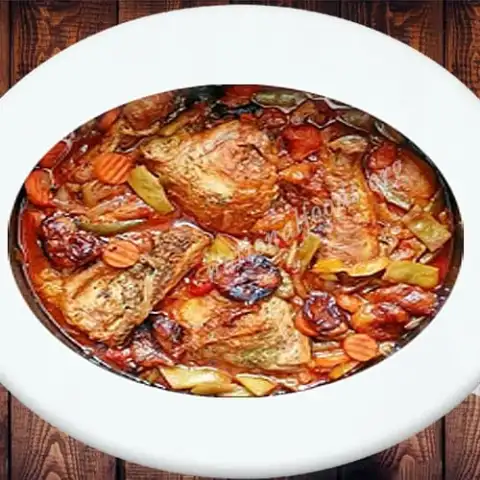
Yassa
Yassa is a tangy and spicy dish made with marinated chicken, fish, or beef cooked in a sauce made from onions, mustard, and lemon or lime juice.
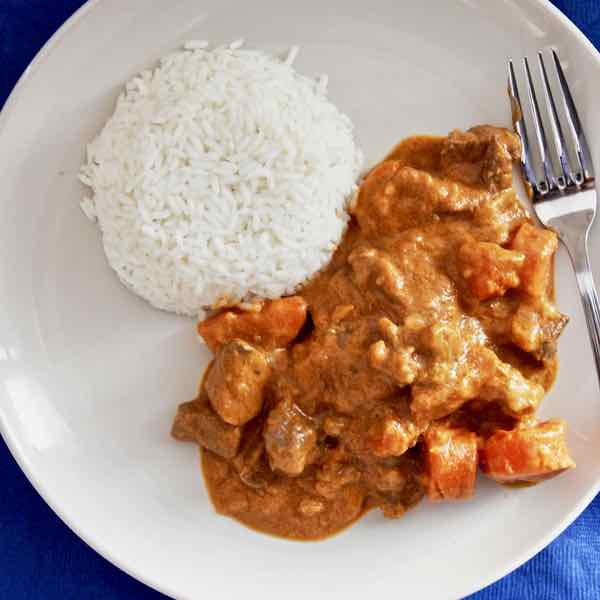
Mafé
Mafé is a peanut stew made with a rich and creamy peanut sauce. It can include meat (commonly beef, lamb, or chicken) and is often served with rice or couscous.
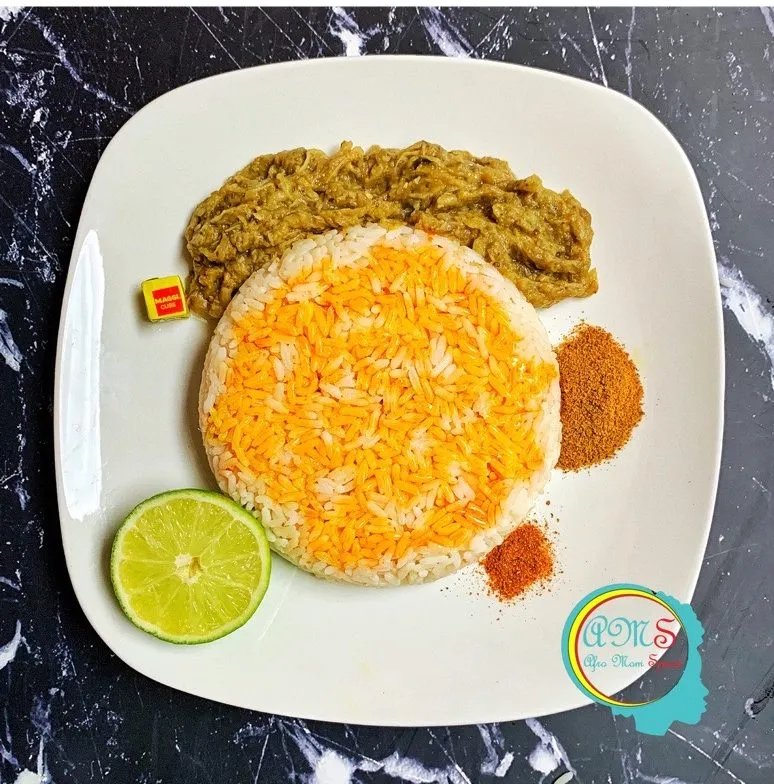
Fouti
Fouti is a popular Guinean dish made with fermented millet or corn dough. It is typically served as a side dish or snack.
Here are some typical foods and dishes you might find in Guinea:
Fried Plantains: Plantains are a staple in Guinean cuisine and are often sliced and fried until they are golden and caramelized. Fried plantains are a common side dish or snack.
Grilled or Roasted Meat: Grilled or roasted meat, such as beef, chicken, or lamb, is a popular street food and can be found at local markets and roadside stalls.
Tô: Tô is a type of porridge made from millet or cornmeal and is a common breakfast dish in Guinea. It can be served with milk or a sauce made from okra.
Fresh Seafood: Guinea’s coastal location provides access to a variety of fresh seafood, including fish, shrimp, and crab. Grilled or fried fish is a common and delicious option.
Akara: Akara are deep-fried bean cakes made from black-eyed peas. They are a popular street food and snack in Guinea.
Attieke: Attieke is a side dish made from fermented cassava. It has a slightly sour taste and is often served with grilled or roasted meat.
Fresh Fruits: Guinea has a tropical climate, which allows for the cultivation of various fruits, including mangoes, papayas, bananas, and oranges. Fresh fruits are commonly enjoyed.
Jollof Rice: Jollof rice is a popular West African dish made with rice cooked in a flavorful tomato sauce with spices, vegetables, and often meat or fish. It is a staple in Guinea and is commonly served at celebrations and gatherings.
Guinean cuisine reflects the country’s cultural diversity, with various ethnic groups contributing their own unique flavors and ingredients to the culinary landscape. Meals in Guinea are often communal, and sharing food is an important part of the culture.
Transportation 🚥
More information about this country
Choose your destination 📍🗺
Useful Links ✅



